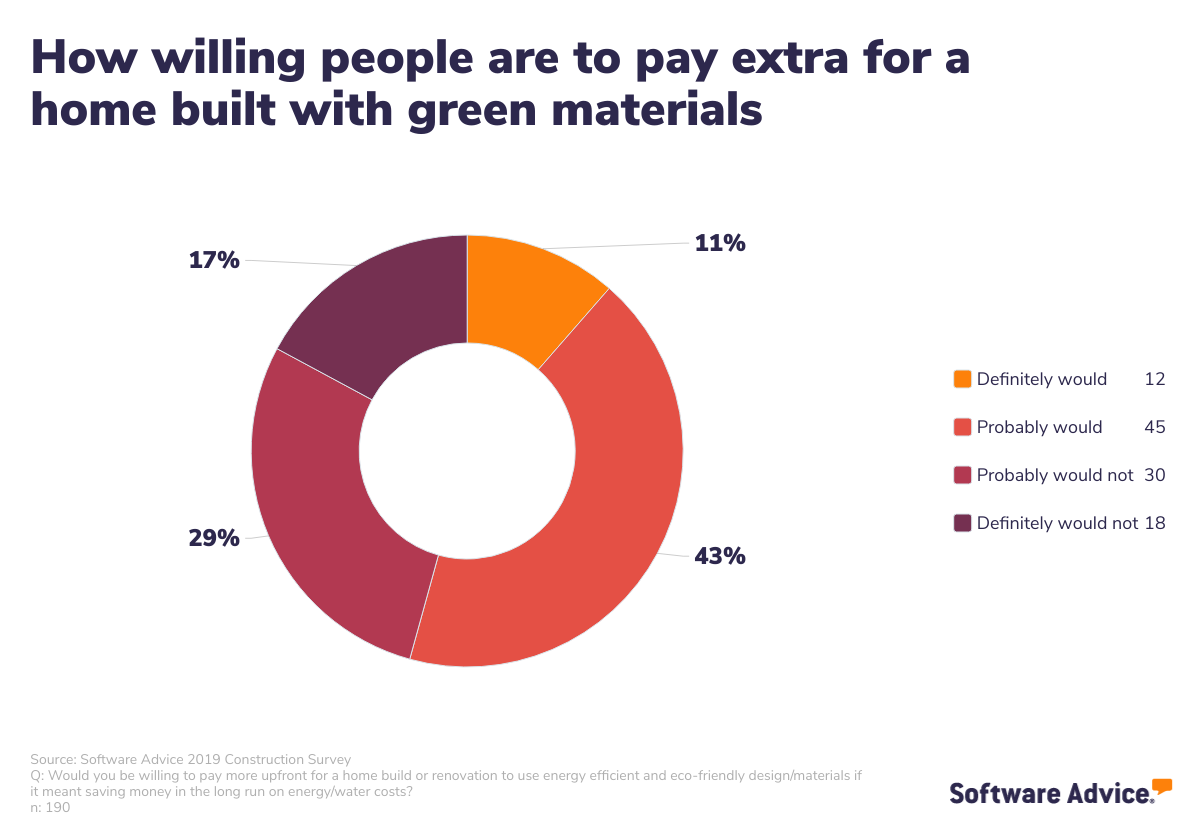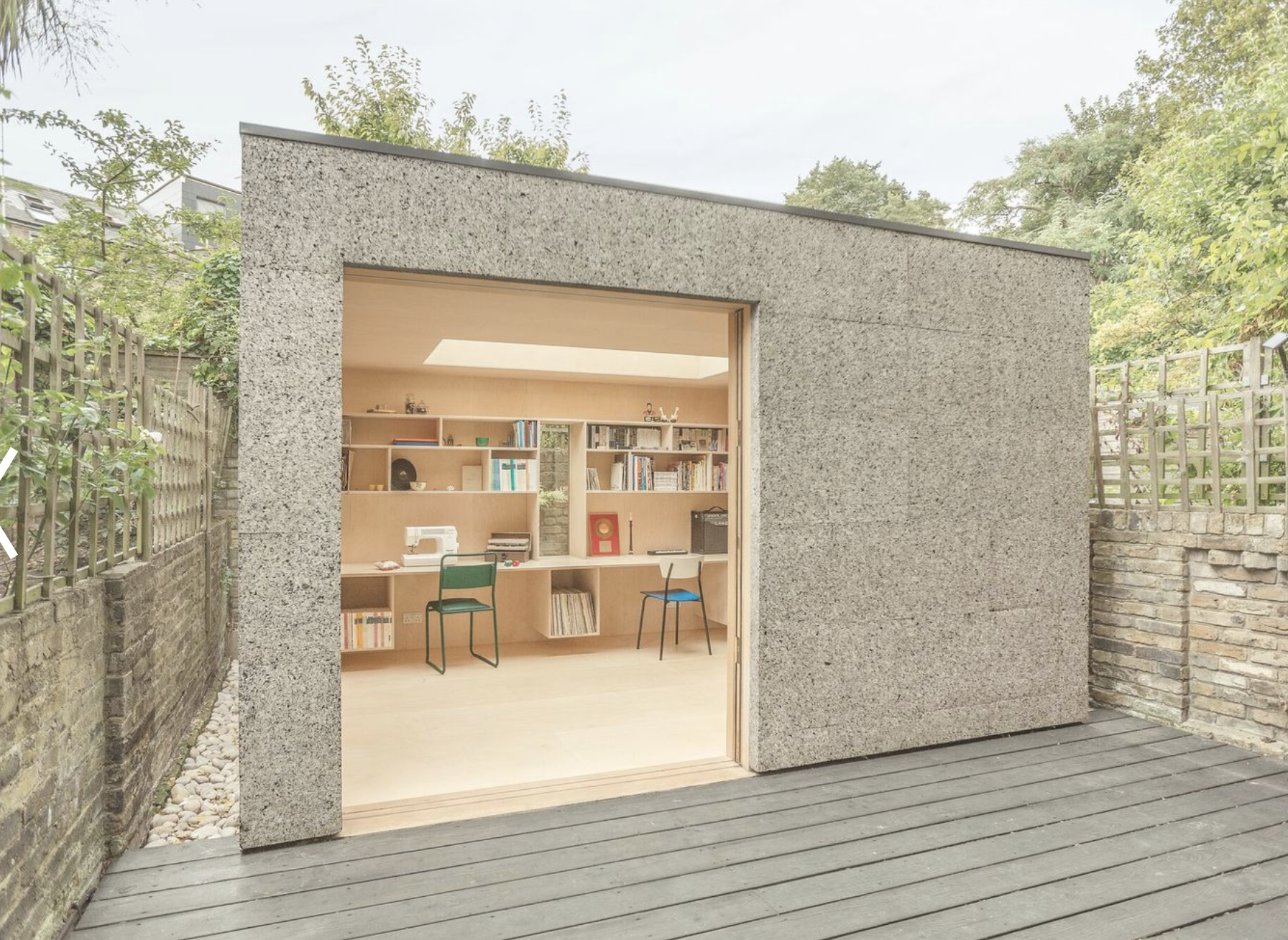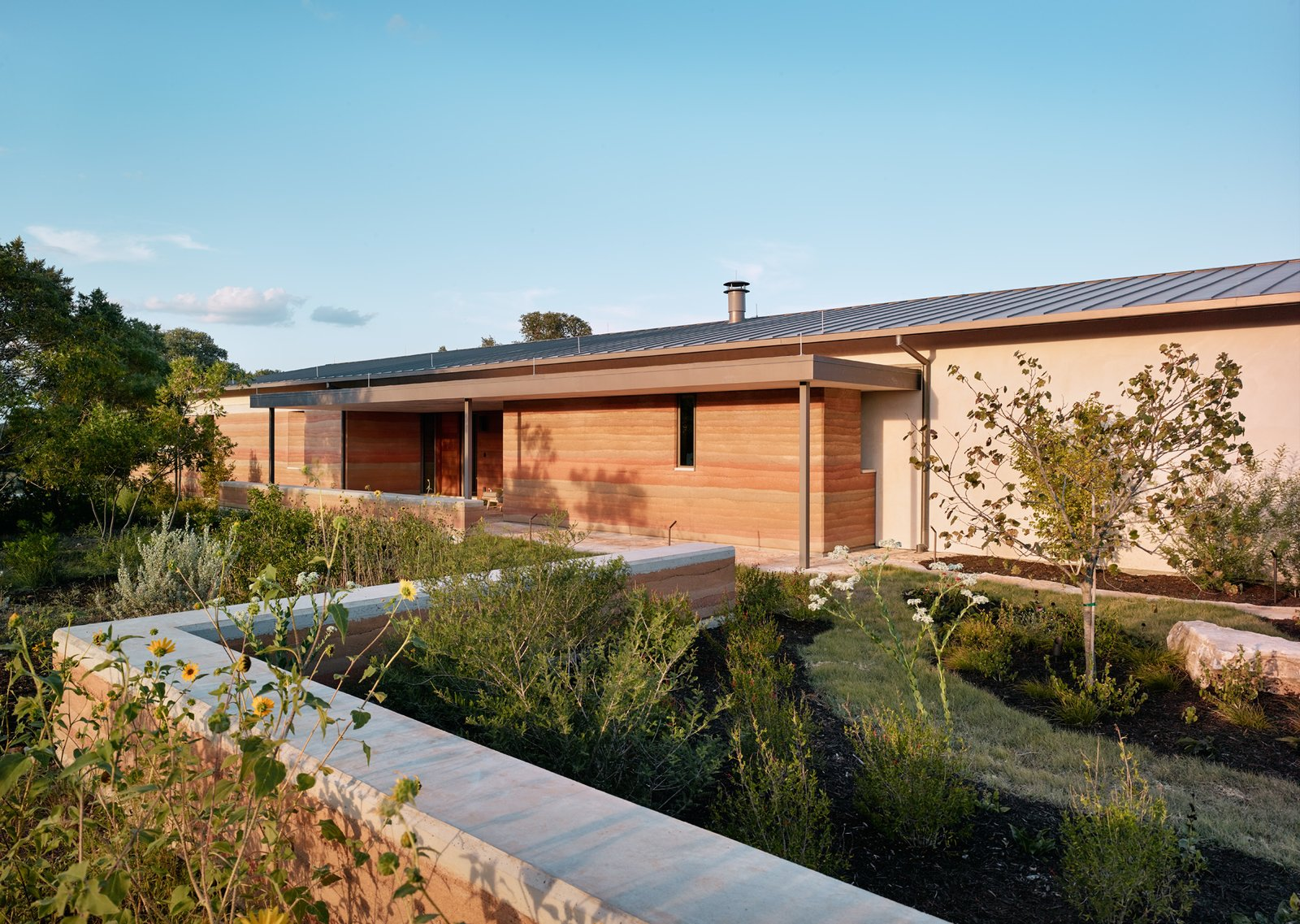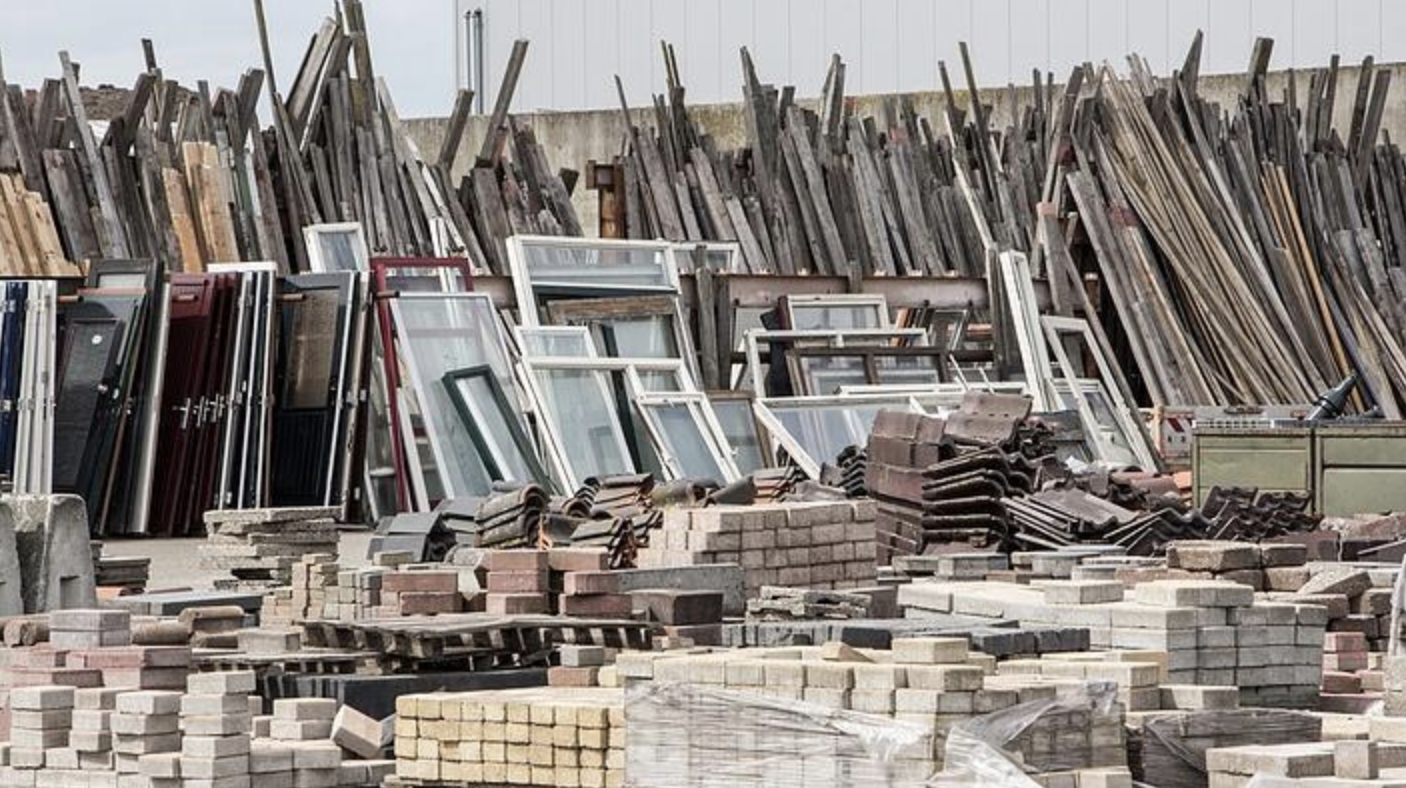How Sustainable Materials for Construction Can Help Your Company
The construction industry is going through big changes, and now is the time for construction managers to adapt to a growing demand for more eco-friendly building materials. If you aren’t already taking the use of sustainable materials for construction seriously, your business risks losing out to innovative builders who are meeting the changing customer demand for a healthier home and earth.
What are sustainable building materials?
Sustainable materials are building materials that are environmentally friendly or “green” in the respect that they are natural, durable, reusable, or recyclable, and they do not require a lot of energy to extract or transport. Examples of sustainable materials include soil, cork, bamboo, straw, and recycled content materials.
Our last Software Advice Construction Survey* (ran in 2019) shows that the public cares deeply about green construction processes with more than 80% of respondents saying it is either somewhat or very important for their next residence to use eco-friendly/sustainable construction materials. Fifty-seven percent say they would pay more for such a home.

The industry is rapidly moving to sustainable materials. According to the 2021 Global Green Building Materials Market Outlook Report, the green building materials industry is expected to witness a considerable growth rate from 2021 through 2026. This means construction managers should adapt and submit bids that please environmentally conscious clients. As a construction manager, you must:
Choose at least one sustainable material that works best for your business.
Use construction software to track its usage.
Start implementing the new material within the next six months in order to win more bids by allowing you to market greener practices.
But what sustainable building materials are out there, and how in the world do you even begin to implement them in your next construction project? Let’s go through each of your options and determine whether they might work for you or not.
1. Bamboo
We all know bamboo is the favorite food of pandas, but it has important construction attributes. It’s lightweight, strong and—most importantly for the purposes of this discussion—is an entirely sustainable material because it can be grown locally and doesn’t need to be imported.
Bamboo has been used for years in furniture and even utensils, but it has seen growing popularity for use when creating strong and resilient structures. Bamboo has a higher strength than steel by weight, with tensile strength of 28,000 per square inch compared to 23,000 for steel. And while costs vary depending on a construction manager’s individual project, experts say that bamboo is almost always the cheaper alternative.
Alternative to: Rebar, steel, and concrete construction
2. Cork
Cork is another lightweight material that is both flexible and resilient, as it’s able to absorb pressure and then return to its original shape. It also muffles noise, which is why it is often used for floor tiles and sub-flooring. There are plenty of other benefits: It’s fire resistant, it doesn’t absorb water (and therefore doesn’t rot), and it can be harvested from trees without killing them.
The downsides to cork are that it can become brittle over time, and that it is often shipped from far-off places such as the Mediterranean, which makes it more expensive and have a higher environmental impact (since current transportation options typically have high carbon emission rates).
In general, though, cork is a cheaper and greener option when compared to the typical building materials it would replace.
Alternative to: Wood, tile

Cork is a lightweight, resilient material that is a sustainable building alternative (Source)
3. Rammed earth
Rammed earth is by no means a new construction technology—it’s been in use for thousands of years. However, it has come back into the spotlight in recent years as the construction industry looks to the past to find a more sustainable future.
Rammed earth involves ramming aggregates such as gravel, sand, and clay between flat panels known as formwork. Sometimes, a small amount of cement is used to increase the strength of the structure.
Rammed earth is an especially good option if a lot of the materials listed can be gathered on site or nearby, lessening the energy consumption required if you had to quarry and transport them. You can even fortify it with bamboo rebar.
Alternative to: Concrete

Check out this beautiful house surrounded in rammed earth built in Austin, Texas.
4. Ferrock
Ferrock is another material with tremendous strength (5 times that of concrete) and attributes similar to concrete, and it’s a much more recent invention than rammed earth.
The problem with the cement we typically use to bind concrete is that it causes large carbon emissions because it requires a lot of heat—2,800 degrees Fahrenheit—to process the limestone. Ferrock uses construction material such as recycled steel dust, and it is also capable of absorbing carbon dioxide as part of its hardening process, making it a carbon-neutral material.
The main downsides to ferrock is that it’s unsuitable for large-scale projects (such as roads) and it’s still a relatively new material without the proven track record and known risks of concrete. And just because it’s sustainable doesn’t mean it’s cheap: Ferrock may cost more than cement to produce because of its production process.
However, as we noted above, customers may be willing to pay more for a structure that uses sustainable materials, offsetting your costs.
Alternative to: Concrete
5. Timbercrete, hempcrete, and ashcrete
A number of concrete alternatives have been popping up using a variety of different materials: Timbercrete, ashcrete, and hempcrete are some good examples of this.
Timbercrete is composed of sawdust that is mixed in with concrete, making it lighter as well as more sustainable. It also has greater energy efficiency.
Ashcrete uses fly ash—a byproduct of burning coal—instead of cement, replacing 97% of the typical components of concrete with a recycled material.
Hempcrete is a material that is created from the fibers of the hemp plant, which is bound with lime and used to create a strong, light alternative to concrete.
But what about costs? Timbercrete manufacturers argue that costs are similarly priced to traditional materials. However, they note that savings will largely depend on specifications, and it is ideal in scenarios where you would usually use brick.
Similarly, ashcrete and hempcrete will cost about the same as conventional materials in most cases, but you shouldn’t expect to save money with these types of building materials. The benefits they provide are sustainability and therefore a more attractive building for the modern buyer.
Alternative to: Concrete
6. Straw bales
Straw bales definitely sound like a throwback to a few thousand years ago. However, they’re great for replacing materials used to construct walls and can be very insulating. Straw is cheap, which is great for the bottom line, and it’s a totally sustainable material.
A straw bale building will typically use stacked rows of bales on a foundation, with a moisture barrier to protect them. Bamboo or wood can be used to bind the bale walls together.
There are some disadvantages, however. The main issues are that it is susceptible to rot, and it takes up a lot of space. Straw bale construction is therefore best in dry areas with a lot of space for you to spread out, and probably wouldn’t be appropriate in more urban areas or areas that see a lot of moisture.
Straw bale homes may actually cost somewhat more to construct than with conventional materials, but a straw bale-constructed building is usually a little cheaper and offers greater energy savings that really pay off down the line.
Alternative to: Concrete, plaster, fiberglass, and other materials used for walls
7. Recycled plastic/wood/metal
Recycled materials themselves may not be sustainable, but reusing them certainly is. You can take advantage of recycled plastics, recycled wood, and metal from sites that have been demolished and give them a second life on your construction site. This reduces your greenhouse gas emission and cuts down on construction waste in landfills.
The main disadvantages of using recycled material in construction often comes down to cost. Sometimes, it just doesn’t make financial sense to repurpose material that is already cheap. However, governments in some cases will provide subsidies, so check with your local government on any programs they might provide that can lower the cost of the process.
Alternative to:
Any materials commonly used for the following:
Insulation
Structural support
Roofing tiles
Fencing

Recycled materials from demolished buildings are a great sustainable material option (Source)
Incorporate sustainable materials into your next project
Now is the time to act: Sustainable materials are widely available, and you should be able to implement them into your next construction project, even if it’s in a limited fashion.
Our survey data shows that customers not only want construction firms to be using green building materials, but they may actually make purchasing decisions based on that.
Don’t be afraid to start small rather than jump in with both feet. Here are some action steps you can take to make sustainable materials a greater part of future construction projects:
Sit down with your leadership team and go over these alternatives. Choose at least one that you think might work for your next project.
Map out a small pilot program to see if it could work for your firm.
For example, if you want to test out straw bales for building walls, use them for the first section of wall you build, and then decide whether to expand to the rest of the project.
At the end of the project, evaluate how you used the material, and then have a follow-up meeting to discuss the results:
How much did it cost compared to conventional materials?
How did your processes change to accommodate this new material?
Is this something you should be using regularly, or should you look at a different material?
Recommended reading
If you’d like to learn more about sustainability software or supply chain management systems check out the resources below. We also recommend reading our explanation of what strategic sourcing means.
Sustainability Software Buyers Guide
What is Strategic Sourcing in Supply Chains?
Survey methodology
Our 2019 Software Advice Construction Survey asked 190 U.S.-based consumers who have considered hiring a contractor/builder to either build a new home or renovate one about their experiences with and preferences for home building options.